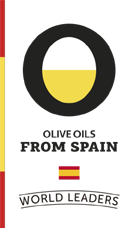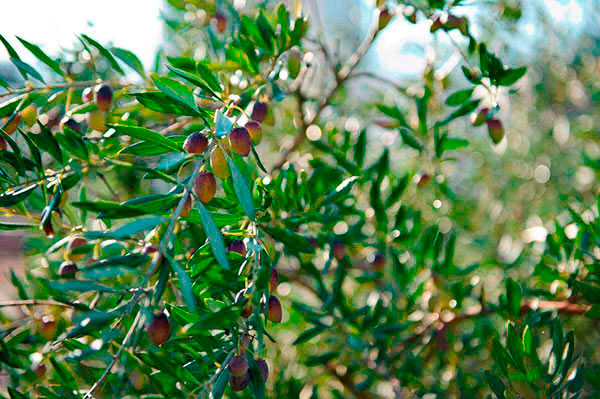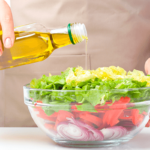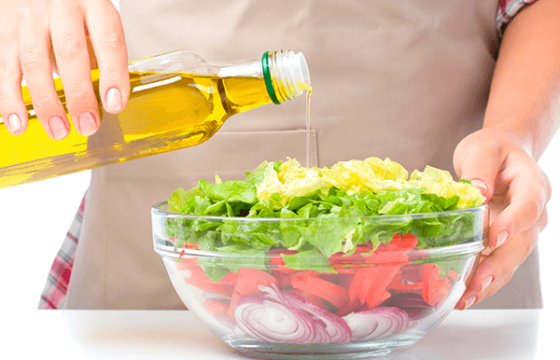How is Olive Oil produced? What steps must be followed to obtain the best flavour? The excellence of Olive Oil begins in the grove and continues in the mill. The harvesting of the olives (when they are at optimum ripeness using methods that safeguard the fruit) and the extraction process are key to ensuring the quality of the final product.
The system for transforming olives into oil remained unchanged for much of history, with the majority of innovations in the sector appearing in the last 100 years. In Spain, the world leader in Olive Oils, the 20th century saw a technological revolution in the production of liquid gold. The country now produces high quality olive oils that take first place every year in prestigious international competitions.
How olive oil is made?
The Olive Oil extraction process begins with a preliminary step of cleaning the olives. Next comes the grinding phase in which the olives are ground into a paste, which breaks the olive cell walls and releases the oil contained inside. In the third step, known as the mixing phase, the paste is mixed so that the drops of oil come together to form larger ones.
Finally, during the separation and centrifugation phase, the Olive Oil is separated from the other products present in the olive paste.
If the oil obtained from this process, during which no chemical element is introduced, meets the requirements to be considered Extra Virgin or Virgin, it will be fit for consumption.
If it doesn’t meet the requirements, the oil passes through a refining process to eliminate tastes and smells, and afterwards it is mixed with Extra Virgin or Virgin Olive Oils to be sold under the category of Olive Oils.
With such a fantastic product as Olive Oil from Spain, what are you waiting for? Try it in one of your recipes today!











0 Comments